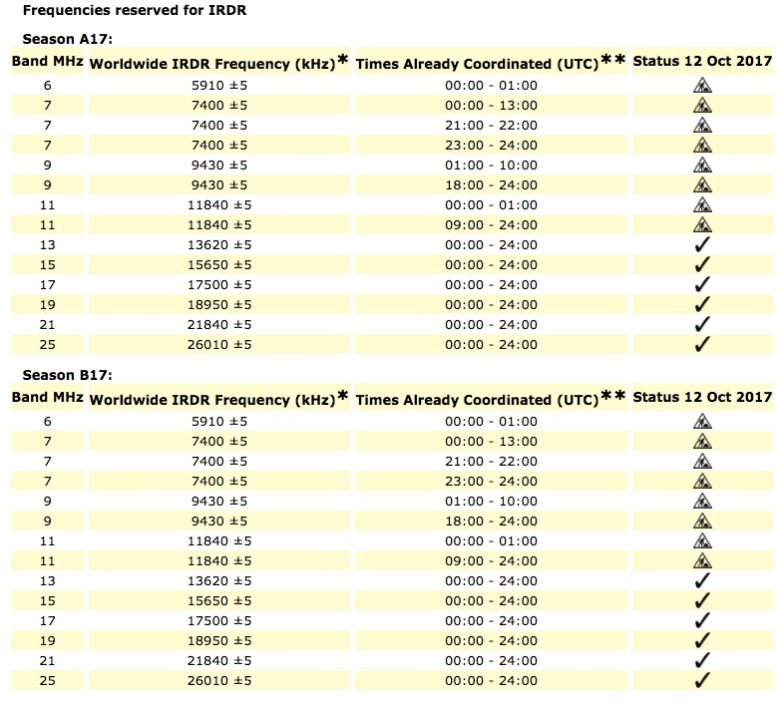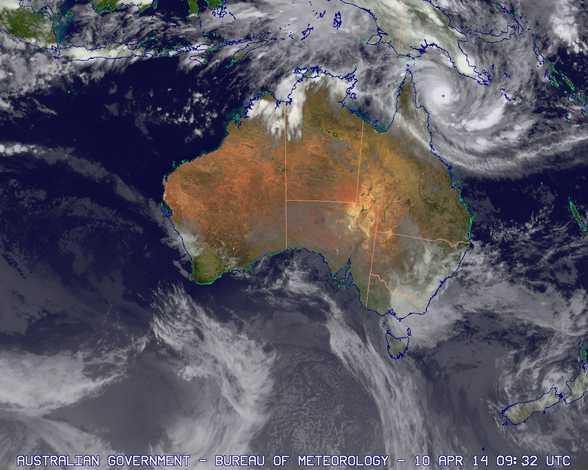Many thanks to SWLing Post contributor, Benn Kobb, who shares the following news:
FEMA & KHKA Unveil New Emergency Broadcast Facilities to Improve
Emergency Broadcast Capabilities
KHKA, Honolulu, HI
The Federal Emergency Management Agency (FEMA) and KHKA, CBS 1500,
unveiled Hawaii’s first Primary Entry Point (PEP) emergency broadcast
facility today. The KHKA facility, located at Kahauiki Village, joins
FEMA’s National Public Warning System (NPWS), which provides critical
information to the public before, during, and after emergency incidents
and disasters.
The NPWS emergency broadcast facility, part of the Integrated Public
Alert and Warning System (IPAWS), includes improved operational
capabilities for up to two months, expanded broadcast capacity,
emergency power generation, and other resilient protective measures for
all types of hazardous events, increasing KHKA’s ability to continue
broadcasting during emergencies.
In the event of a disaster, trained staff can operate the emergency
facilities for several weeks to keep KHKA on air to broadcast messages
from the local, state, and federal governments, as well as community
organizations.
– – –
FEMA Unveils Disaster-Resistant Broadcast Studio in Hawaii
KHNL-TV Honolulu, HI
https://www.hawaiinewsnow.com/2023/05/25/fema-unveils-disaster-resistant-broadcast-studio-hawaii/
As the official start of hurricane season approaches on June 1, federal
and local emergency officials introduced a critical tool Wednesday to
keep the public informed in the event of a disaster.
FEMA unveiled a brand new emergency broadcast radio studio that sits on
the grounds of Kahauiki village near Keehi Lagoon.
The facility features a full media setup designed to keep transmitting
communications through any type of threat.
“Everything from tsunamis to earthquakes to tornadoes to hurricanes,”
said FEMA national public warning system manager Manny Centeno.
– – –
Prepared for Anything: Hawaii’s Emergency Broadcast Studio
KHON-TV Honolulu, HI
https://www.khon2.com/local-news/prepared-for-anything-hawaiis-emergency-broadcast-studio/
A new facility on Oahu is already relaying information to help recovery
efforts in Guam, even though Hawaii is almost 4,000 miles away.
The Federal Emergency Management Agency gave a tour of their new
emergency broadcast studio on Wednesday, May 24; but the hope is that
locals never need to use it.
The footprint of the studio itself is small, but it is quite a tank. It
is engineered to keep broadcasting before, during and after natural
emergencies like hurricanes and tsunamis. The station is even made to
withstand man-made catastrophes.
“This thing is designed to protect against high-altitude electromagnetic
pulse, EMP. So, this is EMP protected. it is also chemical, biological,
radiological and nuclear protected,” said FEMA National Public Warning
System project manager Manny Centeno.




